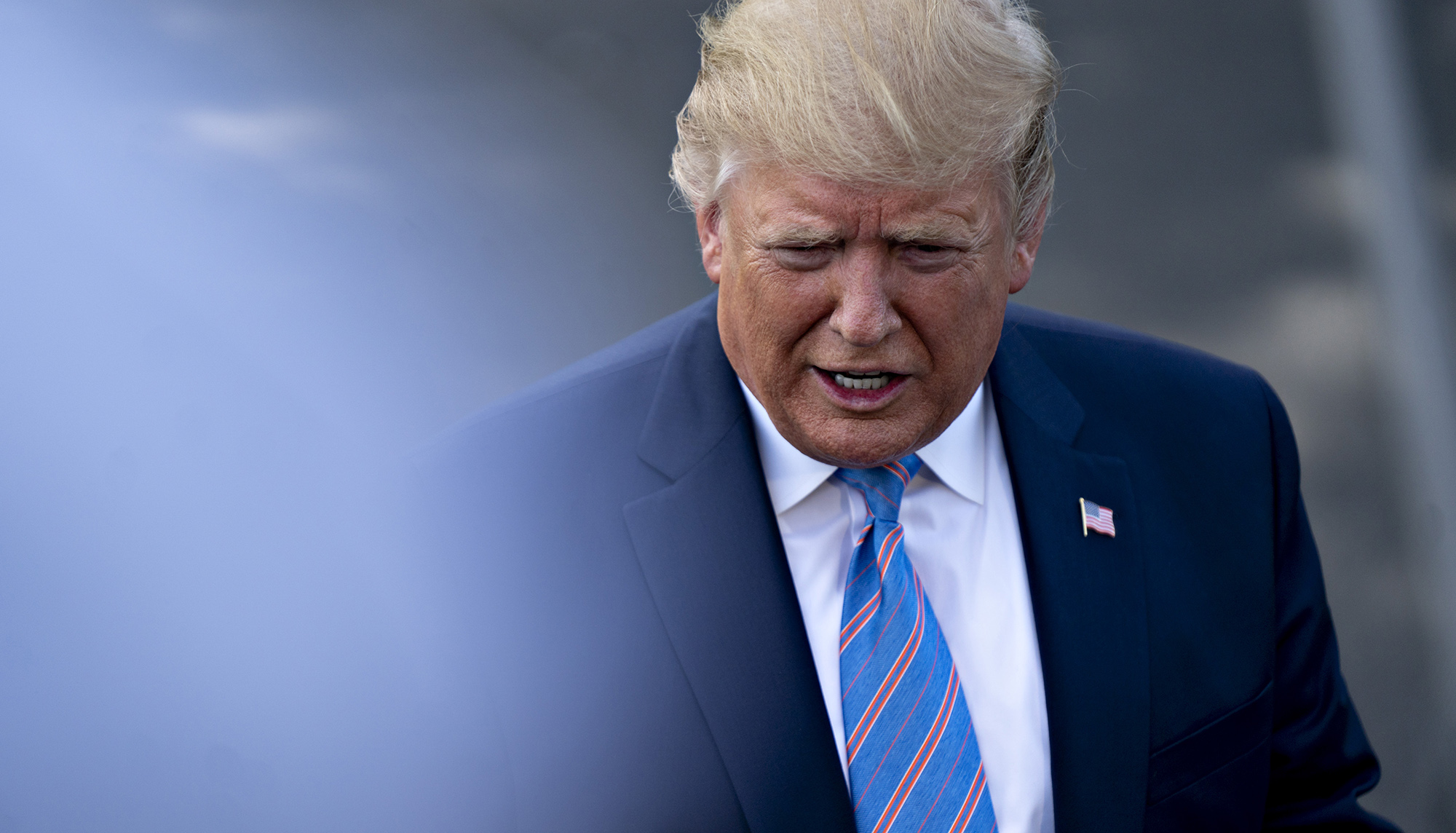Trump Launches New Tariff Move to Revolutionize Global Trade

Trump Launches New Tariff Move: In a bold and controversial move, former U.S. President Donald Trump has unveiled a new tariff strategy aimed at reshaping the dynamics of global trade. The announcement has sparked widespread debate, with supporters hailing it as a necessary step to protect domestic industries and critics warning of potential economic repercussions on a global scale Binance Futures Launches New Altcoin Contracts.
The New Tariff Policy
The centerpiece of Trump’s plan involves imposing higher tariffs on a broad range of imported goods. The strategy is designed to incentivize companies to relocate manufacturing back to the United States, thereby boosting domestic production and job creation. Trump has argued that the current global trade framework disadvantages American workers and businesses, and this new move seeks to level the playing field.
“For too long, we’ve allowed other nations to take advantage of us,” Trump stated during the announcement. “This new tariff policy is about putting America first and ensuring that our industries thrive in a competitive global market.”
Implications for Global Trade

- Disrupt Supply Chains: Higher tariffs could lead to increased costs for companies reliant on global supply chains, potentially forcing them to reevaluate their sourcing strategies.
- Trigger Retaliatory Measures: Other nations may respond with their own tariffs on U.S. exports, escalating trade tensions and possibly leading to a trade war.
- Shift Manufacturing Trends: While the policy aims to bring manufacturing back to the U.S., it could also encourage companies to move operations to countries with lower tariffs, bypassing the intended impact.
- Impact Consumer Prices: American consumers may face higher prices for goods as companies pass on the increased costs of tariffs.
Reactions from Key Stakeholders
The announcement has drawn mixed reactions from political leaders, economists, and business executives worldwide.
- Supporters argue that the move is a long-overdue correction to unfair trade practices and will strengthen the U.S. economy in the long run.
- Critics warn that the policy risks alienating key trade partners and could harm American businesses reliant on exports.
In China, one of the primary targets of Trump’s trade rhetoric, officials have called the move “short-sighted” and signaled potential retaliatory actions. Meanwhile, European Union leaders have expressed concerns about the policy’s impact on global economic stability.
Historical Context
Trump’s tariff strategy is not entirely new. During his presidency, he implemented tariffs on steel, aluminum, and a range of Chinese goods, sparking significant trade tensions. While some industries benefited from the measures, others faced challenges due to increased costs and retaliatory tariffs.
The new plan appears to build on these earlier policies, signaling Trump’s continued commitment to reshaping global trade dynamics in favor of the United States.
Conclusion
As Trump’s tariff proposal gains traction, its implementation will depend on several factors, including political support and legal challenges. Economists are closely watching the potential ripple effects on global markets, while businesses are preparing for possible changes to trade regulations. Whether this new move will revolutionize global trade or create more challenges remains to be seen. What is certain, however, is that Trump’s announcement has reignited a global conversation about the future of international trade and economic policy.
[sp_easyaccordion id=”4153″]




